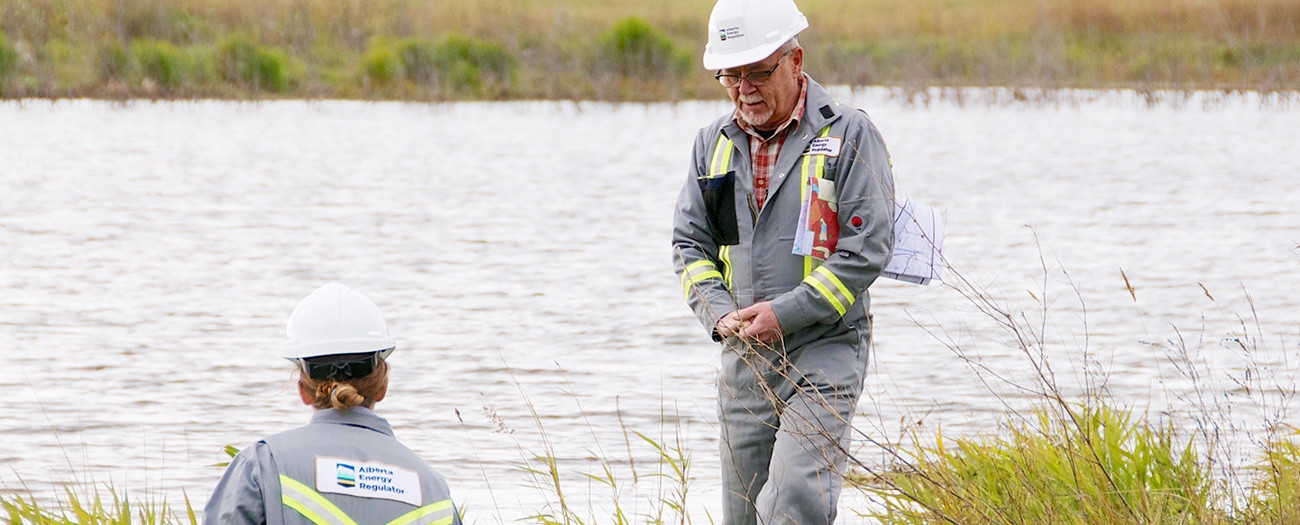Detailed site inspections determine if industry’s reclamation work is up to snuff
Alberta - August 22, 2016Imagine a view of lush trees, native grasses, and picturesque wetlands filled with lively beavers, birds, and butterflies. This site 30 minutes to the west of Edmonton, near Wabamun, didn’t always look like this. More than a decade ago, this green range was the site of a 1900-hectare coal mine known as Whitewood.
It took more than planting a few seeds and trees to turn the mine site into the flourishing green belt it is now. And planning for it started a long time ago.
When a company applies for an energy development project—regardless of the size or kind—it must demonstrate its plans to reclaim the site once construction is complete, says Laura Nixon, manager with the AER’s Land Conservation and Reclamation Team.
“Companies must return the land to an equivalent capability, to what it was before,” says Nixon. “What that really means is the land needs to be able to support various uses, even if those uses are slightly different from what the land supported before the activity began.”
Reclaiming a site like the Whitewood coal mine can take decades to complete. The AER reviews submissions and works with a company to ensure the reclamation plans are appropriate.
When the reclamation work is complete, the AER will inspect the site to ensure that the company has done what it said it was going to do.
“We call it a reclamation certificate inquiry process and it’s intensive and thorough,” says Nixon, noting AER staff examine all vegetation on the land, from trees to grasses to plants and any waterbodies or wetlands.
And it’s not just what’s on the surface. AER staff are interested in what’s below the surface—the soil specifically. During a reclamation certificate inquiry, operators can be asked to dig small open pits so AER staff can view soil placement. The AER can also request that additional cores be drilled while on site, to further verify soil conditions.
“We also note wildlife that has returned to the site. In this case, moose tracks were spotted among the trees,” says Nixon, adding that a number of dams and chewed-down trees are a testament to the beaver population living in the area. Nearby, hundreds of Canadian geese were making good use of a wetland area.
And there’s a lot more that goes on behind the scenes. Companies have to file a significant amount of paperwork verifying that they’ve completed the work they promised. This includes notifying the AER about their seed mixes and laying out their plans for mixed use, whether it’s agriculture, wetland, or forested area. Companies must also provide the AER with chemical analyses of the soil in the area.
After the AER is satisfied with the reclamation work completed, it will issue a reclamation certificate to the company, marking the end of the project cycle, for that particular piece of land. A reclamation certificate is the pinnacle achievement for industry. But it doesn’t happen overnight. It can often take decades from the application-to-operation-to-eventual closure stage through to the eventual reclamation.
The AER took over authority for issuing reclamation certificates in 2014 and has since conducted inquiries at a number of big sites, such as the Whitewood coal mine and the nearby Genesee coal mine.
Carrie Rosa, Writer


